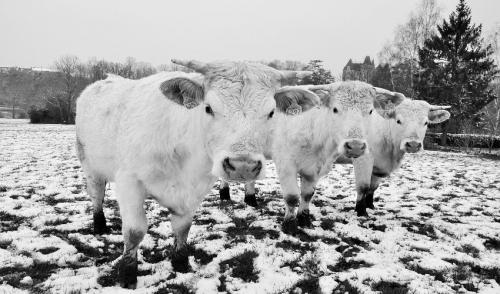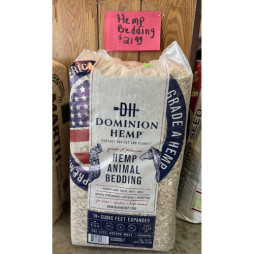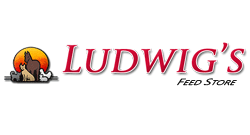{article.name}
Stay Informed
Winter Cattle Care

- Share this:
- Share on Facebook
- Pin on Pinterest
- Tweet on Twitter
Anytime you need to prepare something for winter, you always begin in the fall before the weather gets worse. With cattle it is no different. Winter cattle management must begin in the fall to allow yourself time to carefully assess the body conditions of all the cattle in your possession to ensure you provide sufficient nutrition. Winter cattle care shall not be taken lightly because it brings a unique set of challenges for cattle producers. With the need for labor and care to increase while forage quality, the availability of food, and daylight all decrease, the management of your time and cattle could not be more important. However, what really makes winter cattle management so special is that it is also calving season which comes with its own set of challenges.
The first thing that should come to mind when caring for cattle during the winter should be water. The necessity for water cannot be overemphasized. Cattle require up to 14 gallons of water daily to meet their requirements. Since its winter, the snow and ice can increase maintenance energy needs, which will also require more water. Since cows can’t utilize frozen water and eating snow or licking ice is discouraged, be sure to keep a viable water source available especially during the harshest times. One way to do this is to manage an electric waterer, but be mindful of electrical shorts during harsh conditions.
Even though cattle don’t have many aspirations of shelter, it is needed during really bad winter weather. Dairy cattle will be susceptible to getting frozen teats and any loss in milk production will go straight to your bottom line. The protection will also mean they will expend less energy and on occasion require less maintenance. Adequate shelter for cattle can be anything from a three-sided shed to a full barn and bedding to keep them dry and clean. Be sure to keep the beds clean to prevent viruses and bacteria from forming to cause pneumonia.
As the weather drops, the need for more feed and nutrients to maintain proper health goes up. That amount of feed will only continue to go up if your cattle are pregnant, cold, or wet. As you can imagine, you will need a lot of feed if you are facing a harsh winter. Be sure to feed your cattle plenty of hay and supplements developed to provide extra energy, proteins, vitamins, and minerals to maintain the health of your cattle. Don’t skip on supplements because they will subsidize the energy required if the forages are not of the best quality during the winter. If applicable, use feeders to provide supplements and hay. Feeders and the use of square hay bales can reduce the amount of food wasted. During the coldest days or winter storms, leave out as much food as the cows will eat so they can maintain enough energy to stay warm. This is important since the fermentation breakdown of roughage in the rumen produces heat.
Finally, the winter is a good time to get a handle on your cattle’s health. Keep in mind, frozen ground can cause abrasions on the feet. Once the ground begins the thaw the muddy conditions are ideal entry for infections and can cause hoof rot. You can prevent this by maintaining graveled areas around feeders and water sources. Furthermore, spend some time to talk your vet to discuss deworming and vaccinations for your cattle.
Always remember to manage your cattle in a way that matches the environment and your management style. Your farm and cattle are going to be unique to you so always do what fits you best. If pastures are properly managed during the winter, your cows will maintain weight and health, and as a result so will your bottom line.
Special Offers



Comments